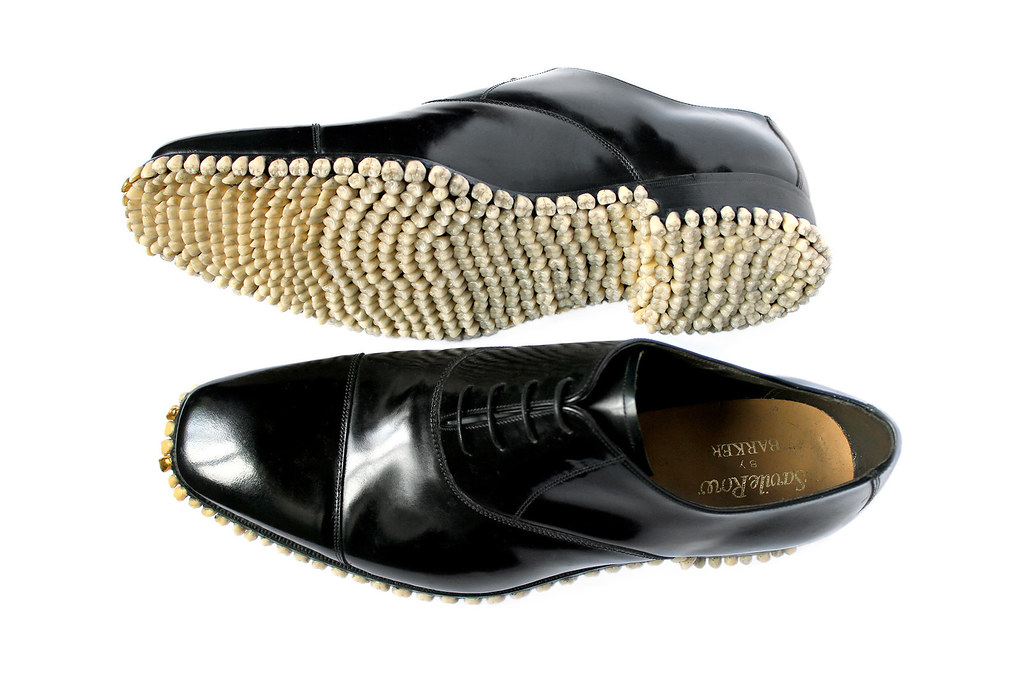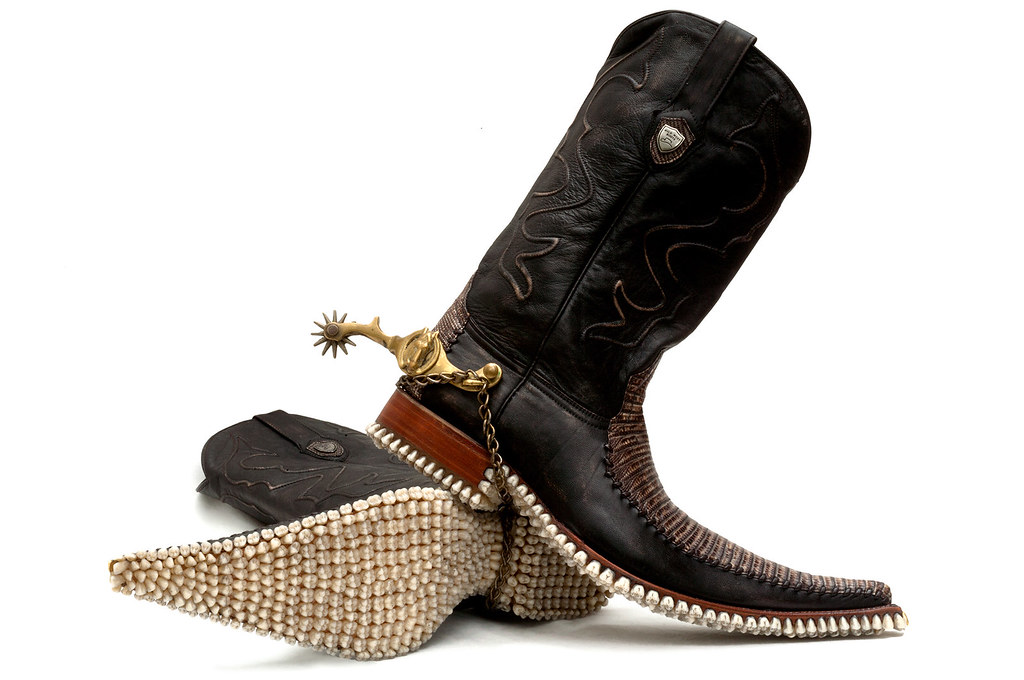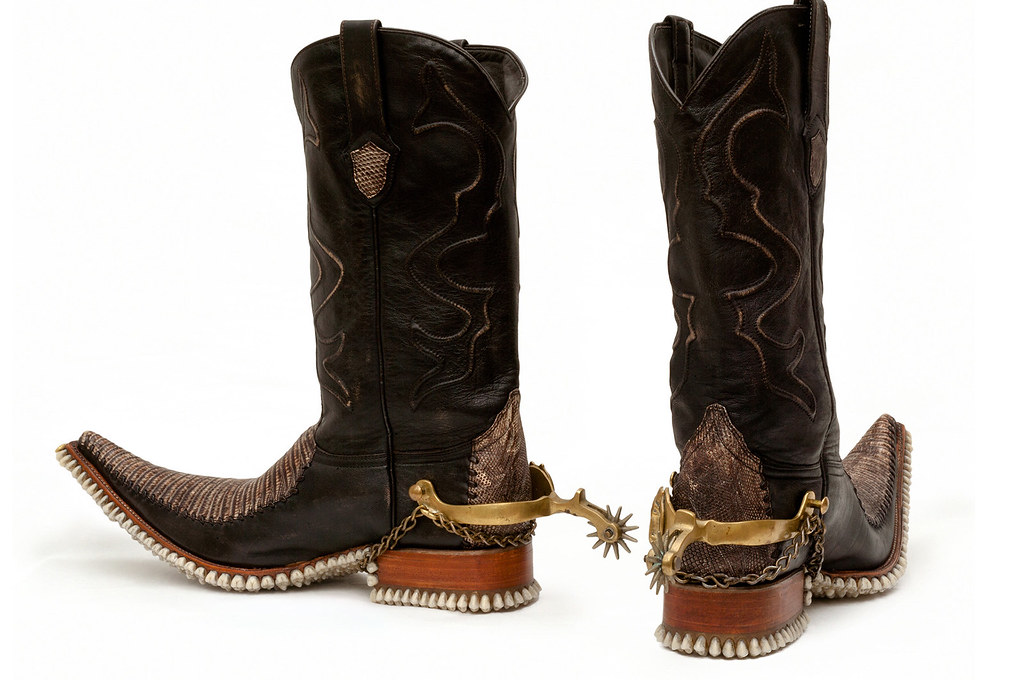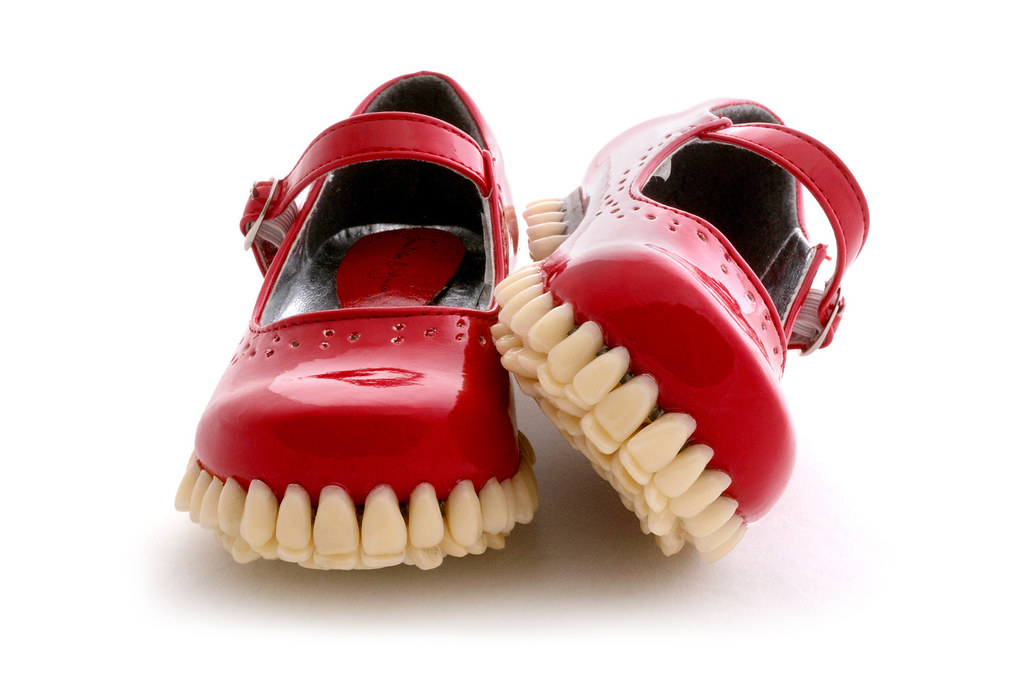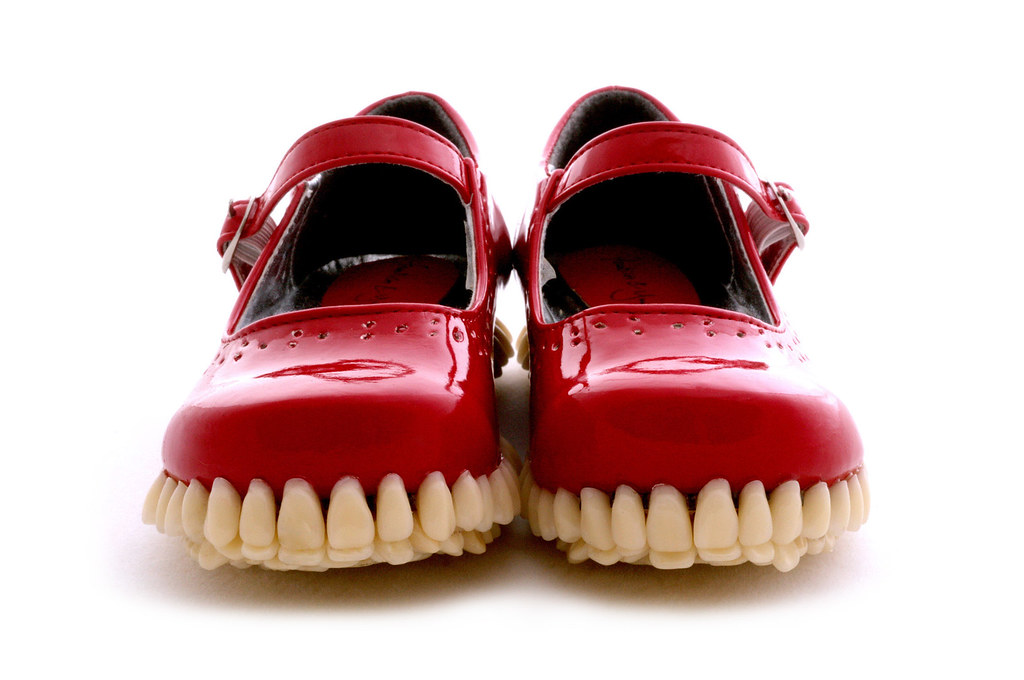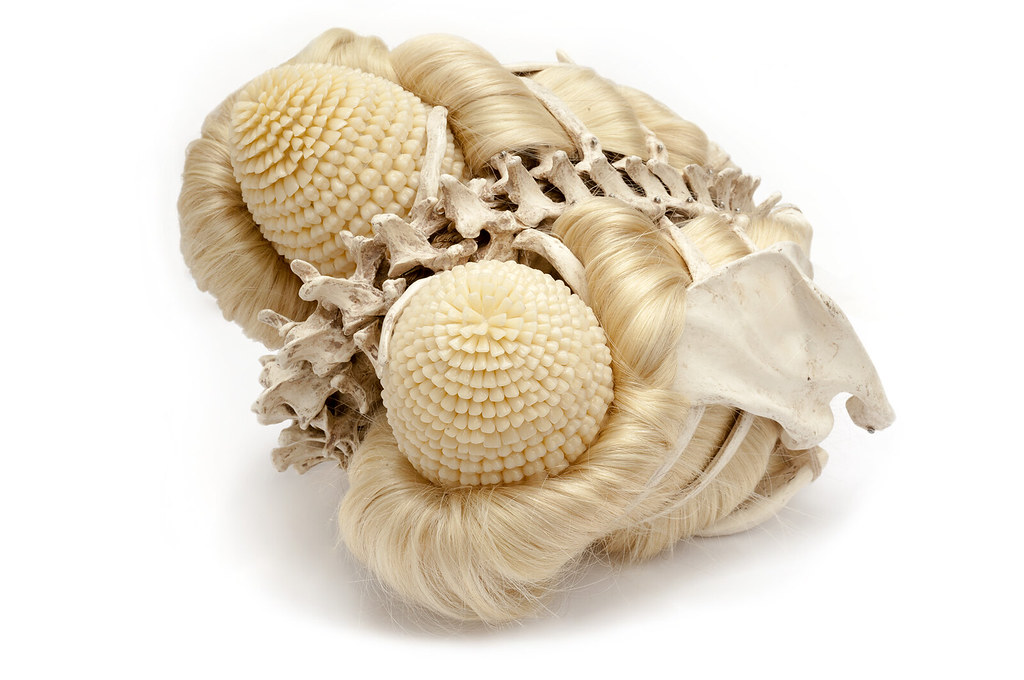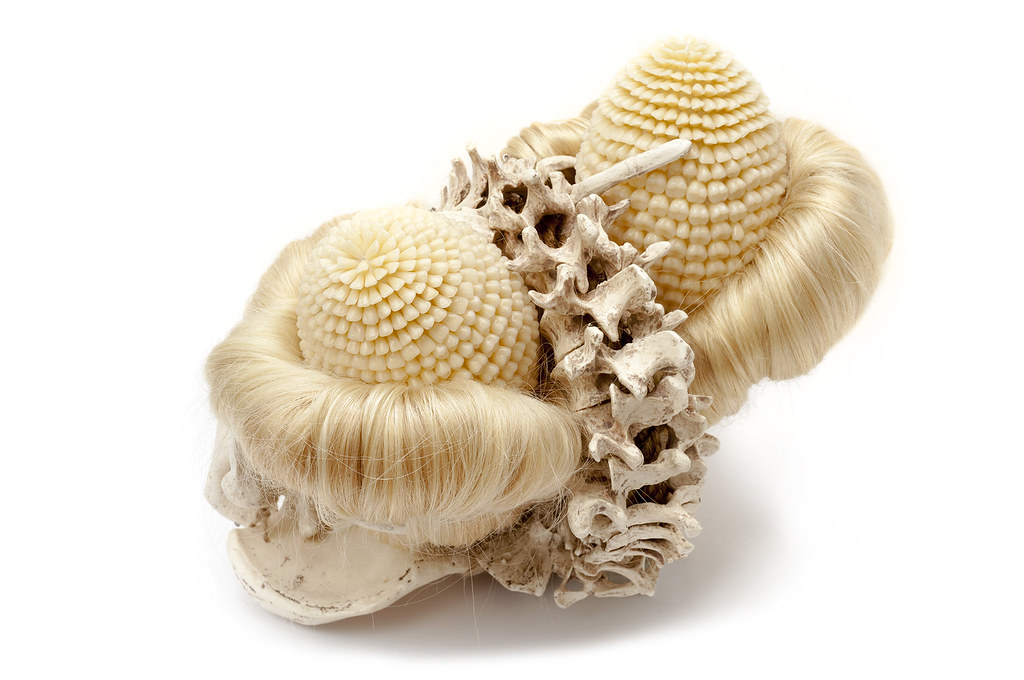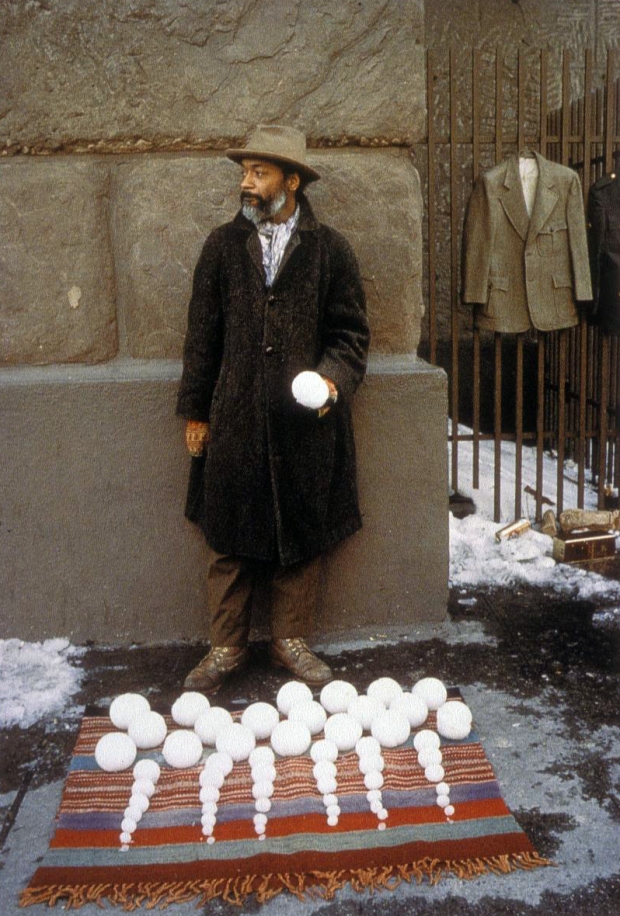Any good work of art should have at least ten meanings.
—Walter De Maria
Walter De Maria was one of the leading protagonists of the 1960s and 1970s American art scene and a key figure of the Earthworks movement. He worked in genres such as Land art, Conceptual Art and Minimal art. He studied music and performed as a percussionist in jazz and as a drummer for the rock group The Primitives, which later evolved into The Velvet Underground. Perhaps best known for large-scale outdoor works that often involved simple ideas rendered in grand ways: his Earth Room in New York City, and The Lightning Field in New Mexico are two well known examples.

Walter De Maria, The New York Earth Room, 1977. Via Dia Art Foundation ©Walter De Maria

Walter De Maria, The New York Earth Room, 1977 Installation View. Via Surround ©Walter De Maria

Walter De Maria, The New York Earth Room, 1977. Via Gagosian ©Walter De Maria

Walter De Maria, The Lighting Field, 1977, Photo by John Cliett Via Gagosian ©Walter De Maria

Walter De Maria, Lightning Field, 1977, Photo by John Cliett ©Walter De Maria

Walter De Maria, Beds of Spikes, 1968–1969, Via Kunstmuseum Basel ©Walter De Maria

Walter De Maria, Original spike from the first Bed of Spikes, 1968 ©Walter De Maria

Walter De Maria, The 2000 Sculpture, 1992. Via LACMA ©Walter De Maria

Walter De Maria, The 2000 Sculpture, 1992, Details ©Walter De Maria
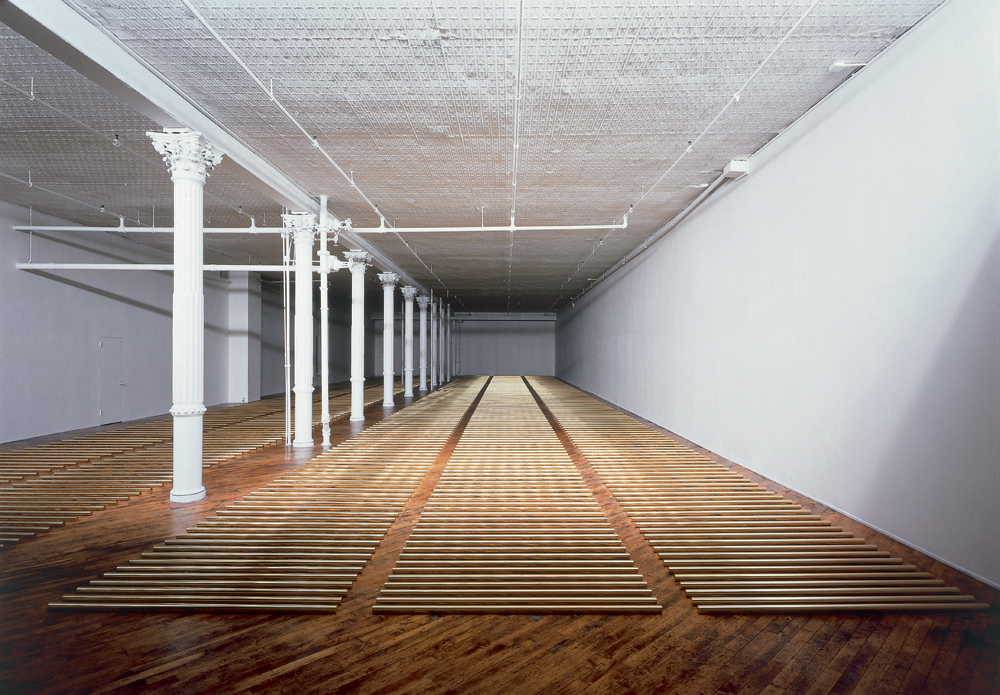
Walter de Maria, The Broken Kilometer, 1979 Via Dia Art Foundation ©Walter De Maria
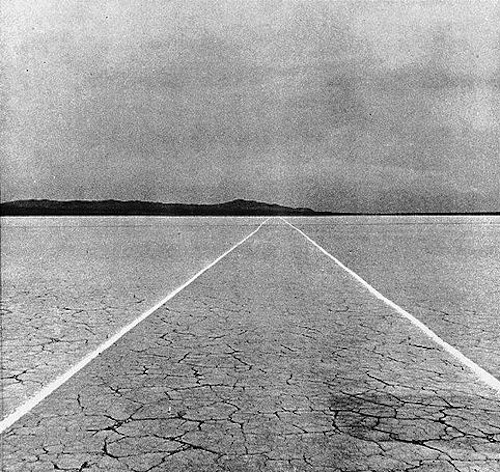
Walter De Maria, One Mile Long Drawing, 1968, De Maria drew two parallel lines of chalk across the floor of the Mojave desert. Eeach stretched a mile. @ Walter De Maria
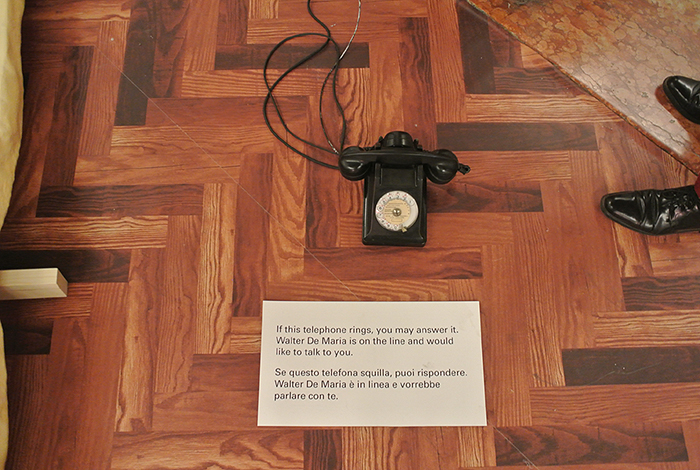
Walter De Maria, Art by Telephone, 1967. @ Walter De Maria
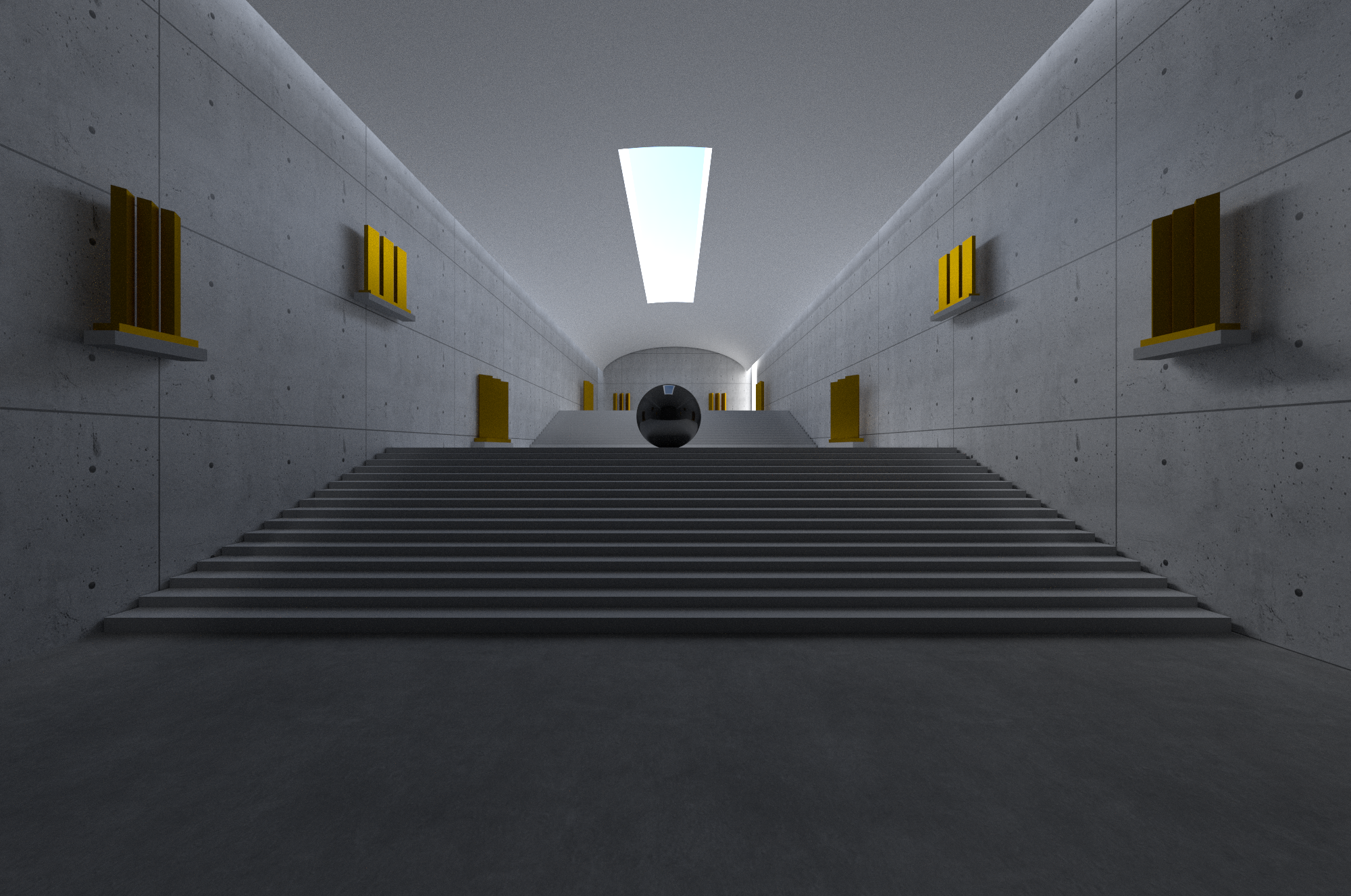
Walter De Maria, Time/Timeless/No Time, 2004, in situ at the Chichu Art Museum. Photo by Schneckenhausmann @ Walter De Maria

Walter De Maria, Truth/Beauty Series, 1993-2016, Via Gagosian

Walter De Maria, Truth/Beauty Series, 1993-2016, Detail Via Gagosian




















